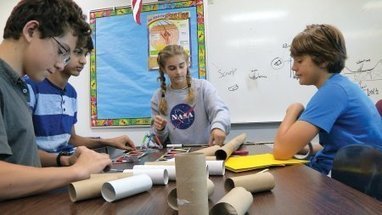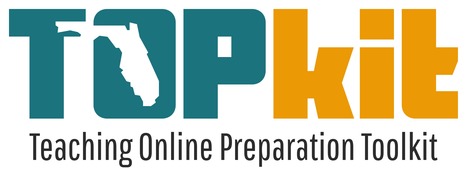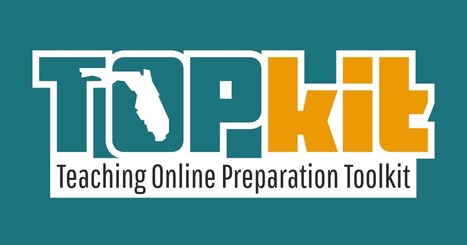Content chunking is quite similar – it is the process of breaking down content into smaller, bite-sized bits of easily digestible information that are easy to comprehend, learn, and commit to memory.
Get Started for FREE
Sign up with Facebook Sign up with X
I don't have a Facebook or a X account
 Your new post is loading... Your new post is loading...
 Your new post is loading... Your new post is loading...

Juanita Amiel Townsend's curator insight,
September 1, 2017 12:12 AM
The Center for Innovation in Teaching and Learning offers this very useful set of resources to anyone tasked with creating an online class. Don't miss it!

Jillian Schaibly's curator insight,
July 25, 2017 5:31 PM
This is a great resource for a leader in a high school. This can help a student to create a online e portfolio to collect important items that can help with getting into college or getting a job out of high school. This also can be helpful for a school as it can be use to create a school portfolio and display student accomplishment.

Minna Kilpeläinen's curator insight,
April 12, 2017 2:55 AM
Good to know. I have used social media more carefree, but I might have to change my attitude.

Juanita Amiel Townsend's curator insight,
June 24, 2017 12:25 AM
As an online instructor, everything you do online should be a polished professional effort. These tips from the OLC make great sense.

Daniel Collins's curator insight,
January 18, 2017 9:02 PM
A look at how you can get started with branching scenarios in online learning.

ChristopherBell's curator insight,
January 14, 2015 7:33 PM
This is very timely for us at International School Bangkok as we are re-visiting curriculum and technology integrations. Just had to share this infographic from ISTE. 
Ricard Garcia's curator insight,
February 12, 2015 2:24 AM
How to implement a new classroom and learning paradigm: A nice outline |

Juanita Amiel Townsend's curator insight,
July 5, 2017 10:15 PM
These open source course templates could save you hundreds of design hours.

Wilko Dijkhuis's curator insight,
January 24, 2017 4:15 AM
A popular rehash of the insights that H.A.Simon gave us in The Sciences of the Artificial (1969, third ed 1996).
Mostly based on "het denken van de schaker" A.D. de Groot 1946 But still very valuable insights. 
Jeff Domansky's curator insight,
January 25, 2017 3:42 AM
Useful ideas, nicely chunked, for writers, bloggers and course writers.

Daniel Collins's curator insight,
March 2, 2017 6:10 PM
Extending the shelf-life of your videos is a really important idea - especially when you're putting a lot of effort into their creation!
|


























Useful ideas, nicely chunked, for writers, bloggers and course writers.